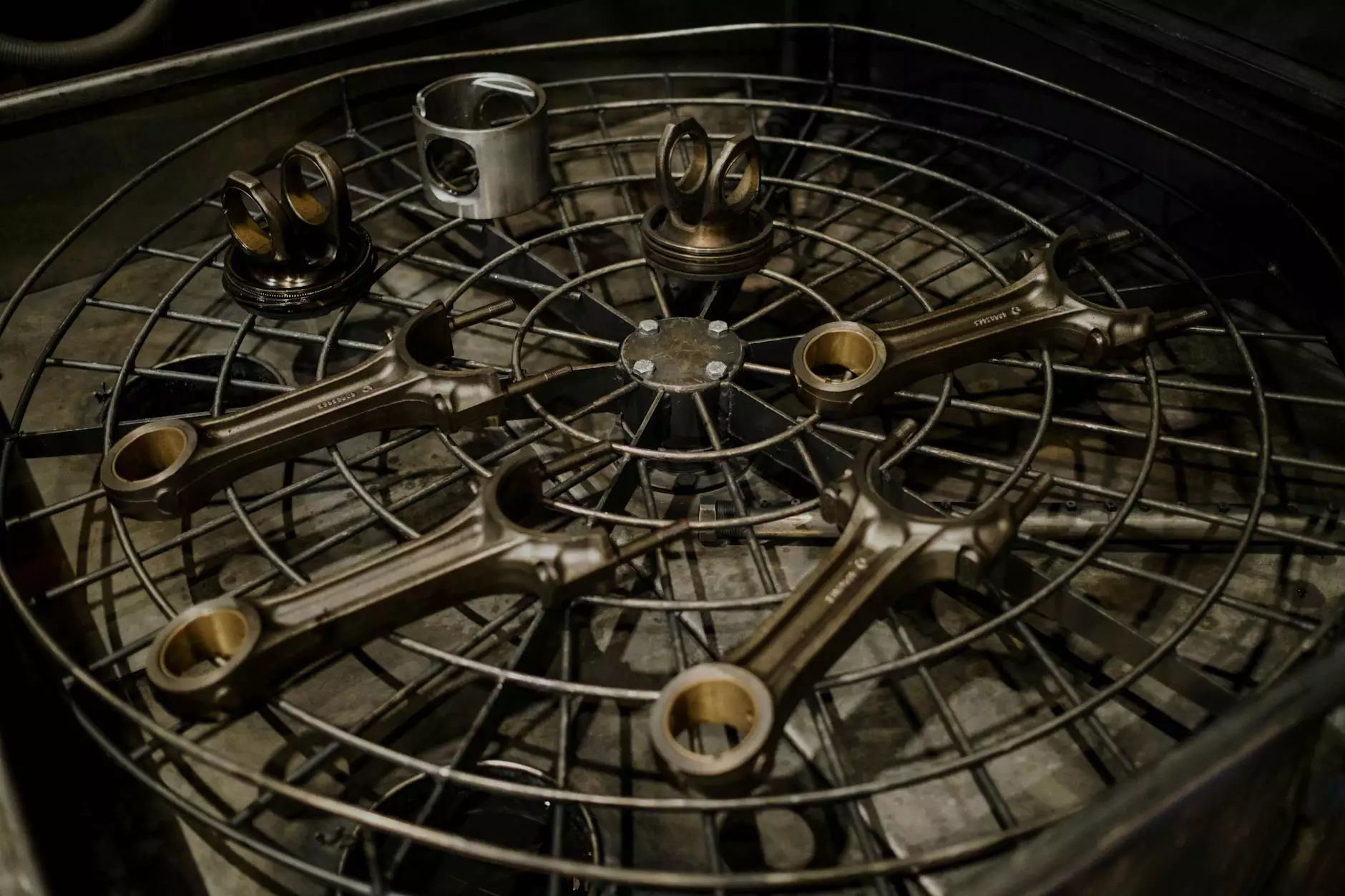The Essential Guide to Choosing the Perfect Pool Tile Line

When it comes to enhancing the appeal and functionality of your swimming pool, one of the most significant choices you can make is selecting the right pool tile line. A well-chosen tile line not only elevates the look of your pool but also helps maintain its longevity and structure. In this comprehensive guide, we will explore the various aspects of pool tile lines, including types, materials, installation tips, maintenance, and the overall impact they can have on your pool experience.
Understanding the Importance of a Pool Tile Line
The *pool tile line* serves several vital roles in your swimming pool’s ecosystem. Here’s why it should be a priority in your renovation or construction project:
- Aesthetic Appeal: The tile line defines the edge of your pool, offering a transition between the water and the surrounding surface, which enhances the overall visual appeal.
- Structural Integrity: Tiles can protect the pool structure from water damage and wear. A durable tile line ensures the edges are well-protected.
- Easy Maintenance: Many tiles are designed for easy cleaning, which can significantly reduce the time spent maintaining your pool.
- Slip Resistance: Certain types of tiles provide a slip-resistant surface that improves safety around the pool area.
Types of Pool Tile Lines
When selecting a pool tile line, it’s crucial to understand the different types available. Each type has unique characteristics that can enhance your pool experience. Here are the most common options:
1. Ceramic Tiles
Ceramic tiles are a classic choice for pool tile lines. They come in a wide variety of colors, designs, and sizes. Their glazed surface makes them resistant to stains and fading, making them ideal for poolside use.
2. Glass Tiles
For those seeking a more modern and luxurious look, glass tiles are an excellent option. They refract light beautifully, creating a distinct shimmer in the water. However, they require careful installation due to their brittle nature.
3. Stone Tiles
Natural stone like slate, travertine, or granite offers a rustic and timeless look. While they may require more maintenance, their durability and unique patterns are unparalleled.
4. Porcelain Tiles
Porcelain tiles offer a hardy option that is both durable and aesthetically pleasing. They can mimic the look of natural stone while providing better resistance to heat and chemicals.
Choosing the Right Material for Your Pool Tile Line
Selecting the right material is crucial for the success of your pool renovation. Here are some key factors to consider:
- Durability: Consider how each material withstands wear and tear from chemicals, weather, and foot traffic.
- Style: Ensure the tile line complements the overall design of your pool and backyard.
- Safety: Look for tiles that offer slip resistance, especially if children or elderly individuals will be using the pool.
- Maintenance: Think about how easy it is to clean and maintain each type of tile.
Installation Process of Pool Tile Lines
Proper installation is key to achieving a beautiful and functional pool tile line. Here’s a step-by-step overview of the installation process:
Step 1: Prepare the Surface
Ensure the surface where the tiles will be installed is clean, smooth, and free from moisture. This helps with adhesion and overall appearance.
Step 2: Plan Your Layout
Before applying any tiles, it’s wise to lay them out first. This planning step will help you visualize the final design and make any necessary adjustments.
Step 3: Apply Adhesive
Use a high-quality adhesive designed for pool tiles. Apply it evenly on the surface and start laying down the tiles according to your planned layout.
Step 4: Grouting
Once the tiles are set and the adhesive has cured, mix and apply grout between the tiles. This seals the surface and provides a finished look.
Step 5: Final Touches
After the grout sets, clean the tiles and seal the grout if necessary. This step ensures the longevity of your installation.
Maintenance Tips for Your Pool Tile Line
To keep your pool tile line looking its best, regular maintenance is essential. Here are some tips:
- Regular Inspections: Check for any cracks, chips, or loose tiles. Early detection can save you costly repairs.
- Cleaning: Use a non-abrasive cleaner to clean your tiles. Avoid harsh chemicals that can damage the surface over time.
- Re-grouting: If you notice the grout is wearing out, it may be time to reapply it to prevent water from seeping behind the tiles.
The Impact of a Quality Pool Tile Line on Your Business
If you're in the pool renovation sector, such as the one represented by poolrenovation.com, understanding the importance of a quality pool tile line can directly impact your business. Here's how:
- Enhanced Customer Satisfaction: A well-executed pool tile line increases the beauty and safety of the pool, leading to greater customer satisfaction.
- Repeat Business: Satisfied customers are likely to return for additional services or recommend your business to others.
- Market Differentiation: Offering a variety of high-quality tile options can set your business apart in a competitive market.
Conclusion
Choosing the right pool tile line is a critical aspect of any swimming pool renovation or construction project. By understanding the various types of tiles, their benefits, and the importance of maintenance, you can make educated decisions that enhance both the aesthetic and functional aspects of your pool. Whether you are a homeowner looking to revamp your backyard oasis or a business seeking to provide top-notch services, prioritizing a quality tile line will always pay off in the long run.
For more expert advice and high-end pool renovation services, explore the offerings at poolrenovation.com and ensure your swimming pool is the envy of the neighborhood.









